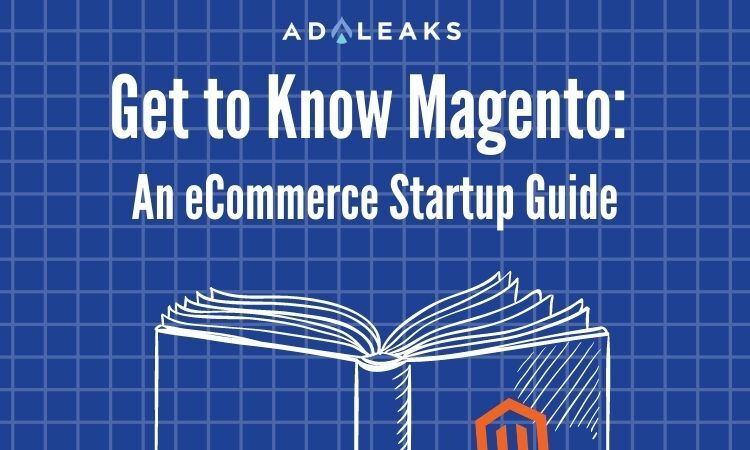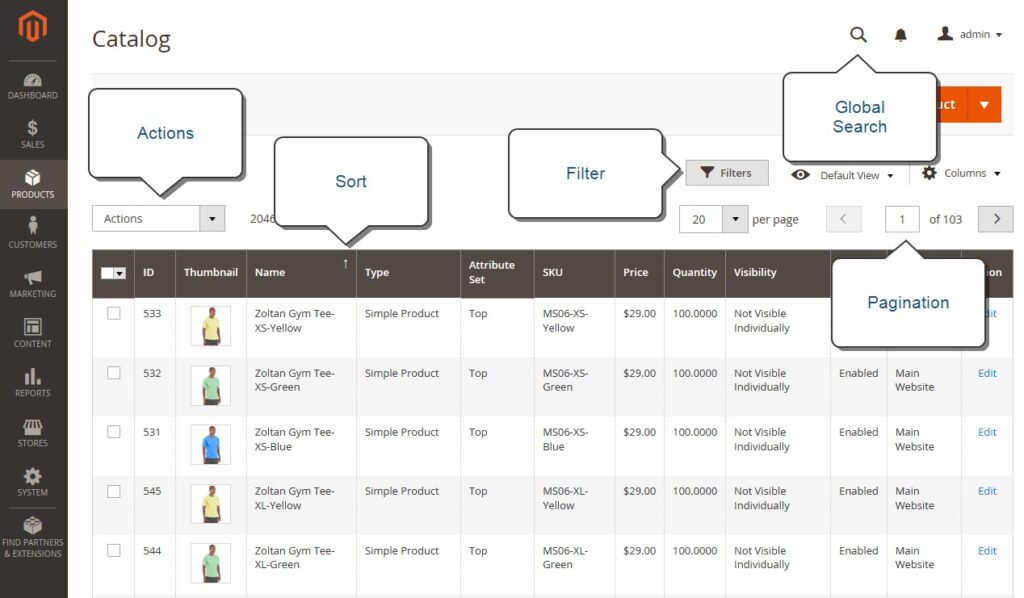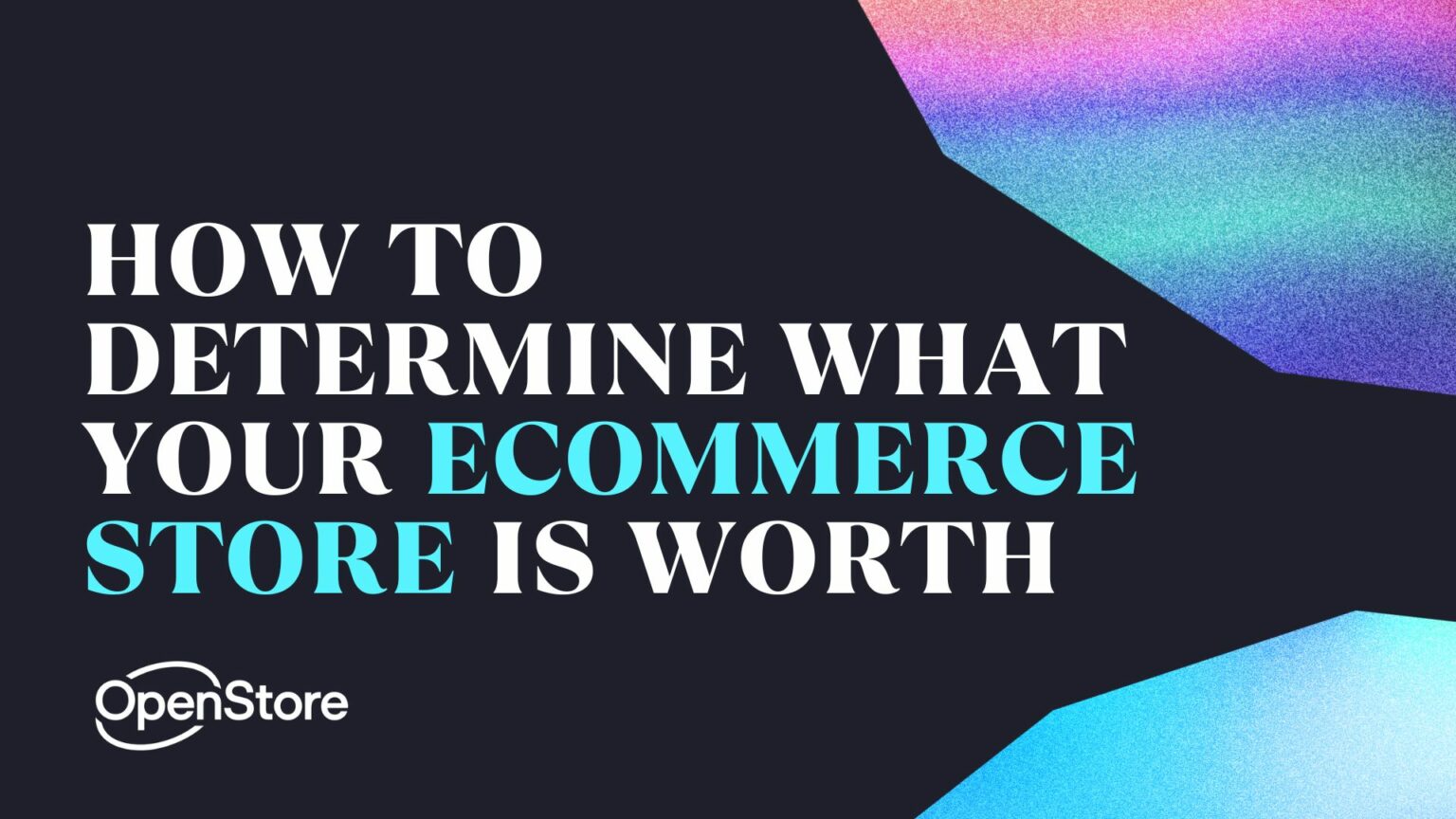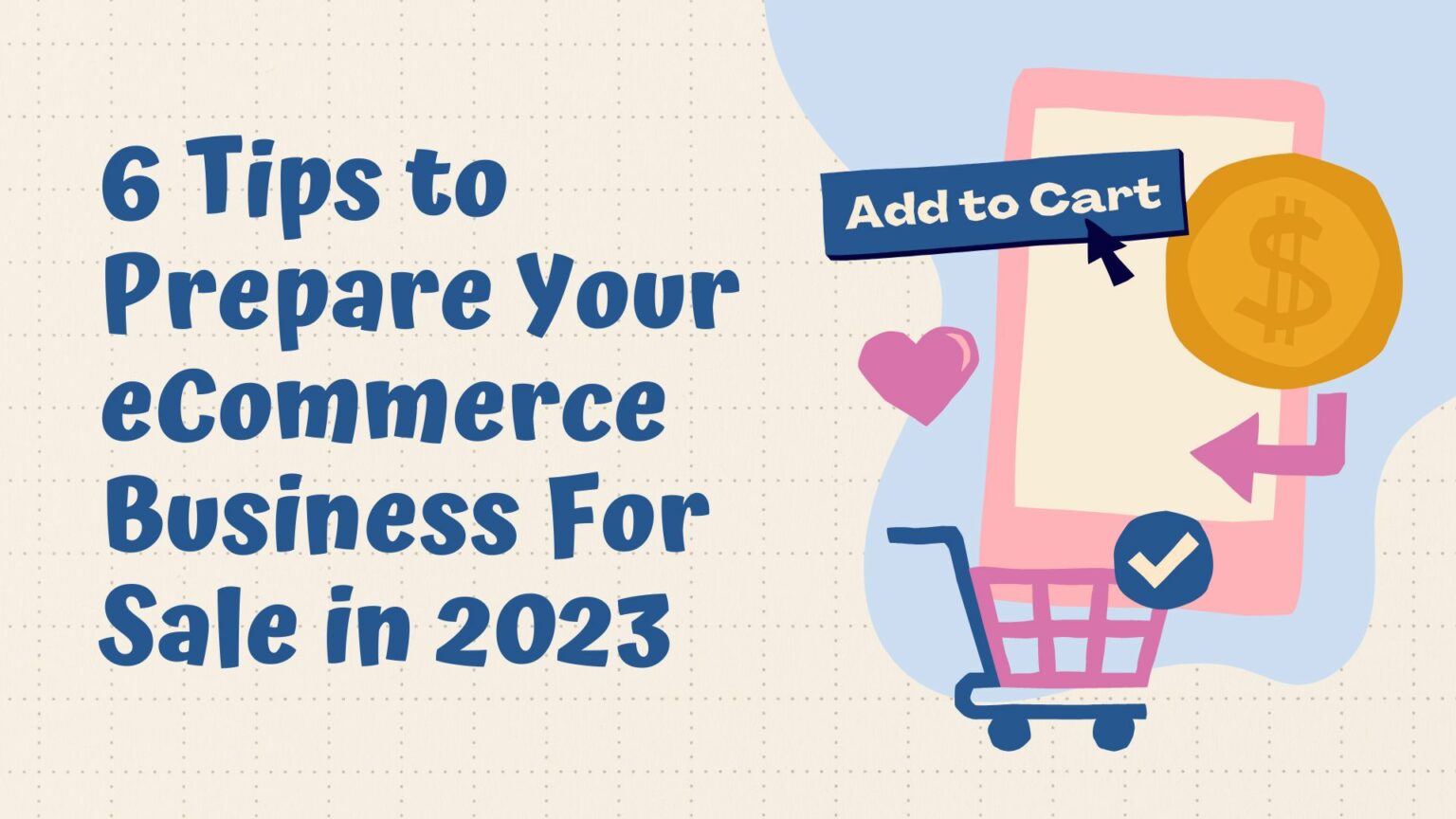
Get to Know Magento: An eCommerce Startup Guide


Magento is a popular and growing platform for eCommerce sellers. If you’re building a new eComm brand or are unhappy with your current vendor, Magento has some interesting features that might be right for you.
Magento By the Numbers
As of January 2021, more than 270,000 merchants were using Magento, and the platform was in use on 1.2% of global websites. Magento also handles more than $100 billion in gross merchandise annually, which was definitely one of the reasons Adobe acquired Magento in 2018 for $1.6 billion.
Those are impressive numbers, but the last is especially important for users, as Magento was integrated into the Adobe Experience Cloud.
In other words, if you’re on the Magento Commerce Cloud today, you can opt-in to a fully managed and backed up cloud service, an Amazon sales channel, and an analytics dashboard, amongst other things.
Why Choose Magento?
Brands looking to reach new markets quickly are drawn to Magento for a few reasons.
First, Magento has an open-source option, Magento Open Source, that is free to download and use. There are paid options too, Magento Commerce and Magento Commerce Cloud (mentioned above). Also, free doesn’t include hosting, domain, and security, plus other potential extras. That said, open-source makes it easier to alter and customize your website and customer experience.
Other benefits include:
- Various payment and add-on options
- Advanced SEO features
- Designed for scaling (so there is always allow room for growth)
- Fast page loading times
- B2B friendly
- Shipping cost management options
- Order management solution
Magento Drawbacks
Nothing is perfect right and if you are looking for these qualities in your ecommerce platform you might end up a little disappointed. Here is where Magento may be found wanting:
- It’s most effective for advanced web development users (more on this below)
- The technical know-how required might be a bad fit for smaller shops
- Specific requirements for installation
- Extensions can be costly
How To Get Started on Magento
If Magento is a good fit for your eCommerce brand, use this guide to make an account and start creating your shop. (Or “shoppe,” if you’re feeling old-timey.)
Note: Magento 2.4 is the current version available, so that's what we will be basing this on. Also, we’ll keep the startup steps as simple as possible.

4 Steps to Create a Magento Account
- Go to the Magento website. Signing up is pretty self-explanatory, but when prompted to give a screen name, remember that you’ll use it in the Magento forums, so keep it professional 😉.
- Set up two-factor authentication and shared account access as required
- To understand Magento’s customer journey, read their guide for details on:
- Increasing AOV using their tools
- Attracting new customers using SEO, Analytics, Metadata, and more
- Retaining customers with email marketing and coupons, plus more options for Magento commerce
- Building loyalty by using customer accounts and reviews (you also have the option to curate them)
- Use the admin workspace to access the functions, tools, and content to run your store. It includes a dashboard, messaging, global search, and more.

Finally, use Magento’s step-by-step guide to create your storefront branding, and the platform’s extensions and apps available will make your processes run more smoothly.
Final Thoughts on Using Magento
Magento is written in PHP programming language. If you’re not familiar with PHP, that means that it uses specific rules for coding, abbreviations, and algorithms. And even though PHP is considered one of the easier programming languages to learn, that doesn’t mean it's easy peasy. (Apparently Norwegian is one the easiest languages to learn for native English speakers too, but that doesn’t make it easy either.)

You’ll need to learn PHP, or work with someone who does, to get your store up and running effectively. That said, Magento also offers a developer guide to help you or your developer out.
To learn more about eCommerce, platforms and get the latest and greatest digital marketing secrets, click here to Join AdLeaks!

